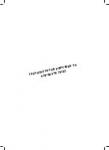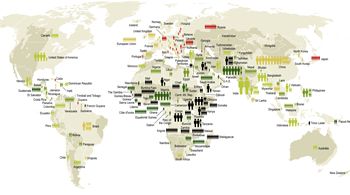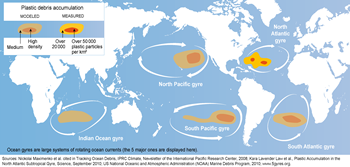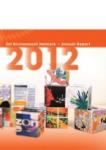 Even though Zoï has existed in a different body since middle 1990s or early 2000s, depending on how one counts, formally we came to our Swiss being in 2009. Yet four years is a long time for a start-up: many die before, others finally take a deep breath and start to reflect upon what they really are.
Even though Zoï has existed in a different body since middle 1990s or early 2000s, depending on how one counts, formally we came to our Swiss being in 2009. Yet four years is a long time for a start-up: many die before, others finally take a deep breath and start to reflect upon what they really are.
Just as they did with our previous body – GRID-Arendal in Norway – people may see us differently, depending on what they are ready to see. Some believe that Zoï is a cool (not always cheap) design studio, while others see us as artists, scientists, travel agents, fixers and handymen. We are also donors, propagandists, agitators and missionaries. But one thing is certain: without inventing, writing, illustrating and printing what we see as attractive and creative zoïbooks, we can not exist.
One other certain thing is that it is in the countries, cities and mountains, deserts and rivers that we find ideas and audiences for these books. It is there we hope to help build a different world and future by bringing to people what we know and believe in, and by carrying back from them to international Geneva the true meaning and inspiration for us to continue and grow.

 Resource efficiency
Resource efficiency Disasters
Disasters Environmental governance
Environmental governance Harmful substances
Harmful substances Ecosystems management
Ecosystems management
 Global
Global Eastern Europe
Eastern Europe Caucasus
Caucasus Central Asia
Central Asia Balkans
Balkans Mediterranean
Mediterranean
 THINK!
THINK! TELL!
TELL! ACT!
ACT! TEACH!
TEACH!










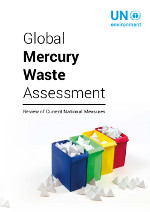

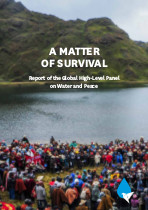





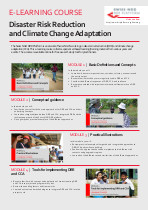

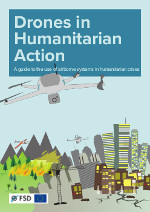





 The quarrying of raw materials – such as limestone, shale, sand and gravel – for cement and aggregates production poses significant risks to biodiversity and ecosystems. Building Materials companies and policy makers must work together to find solutions that balance the needs of society, business and nature.
The quarrying of raw materials – such as limestone, shale, sand and gravel – for cement and aggregates production poses significant risks to biodiversity and ecosystems. Building Materials companies and policy makers must work together to find solutions that balance the needs of society, business and nature.

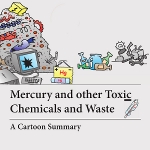


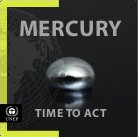

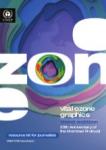
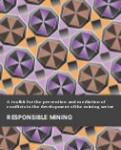
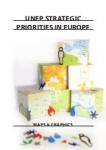
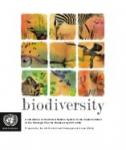

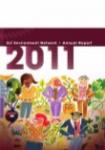


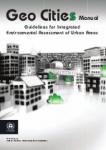

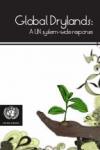
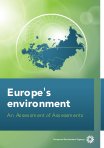

 A solid appreciation of commercial mercury trade is a vital foundation upon which governments can build effective strategies and promote specific measures to address national and global mercury challenges.
A solid appreciation of commercial mercury trade is a vital foundation upon which governments can build effective strategies and promote specific measures to address national and global mercury challenges. Design, maps, graphics and layout by Zoï Environment Network.
Design, maps, graphics and layout by Zoï Environment Network.







